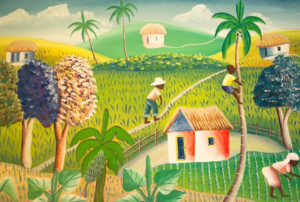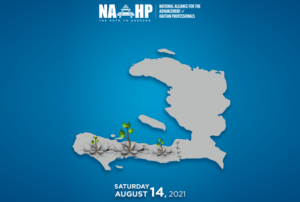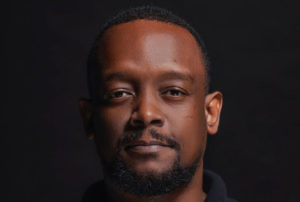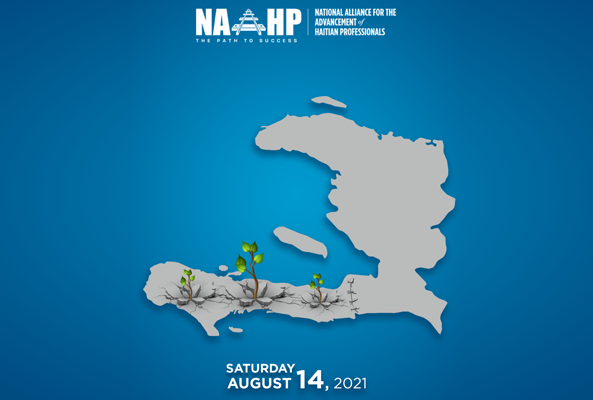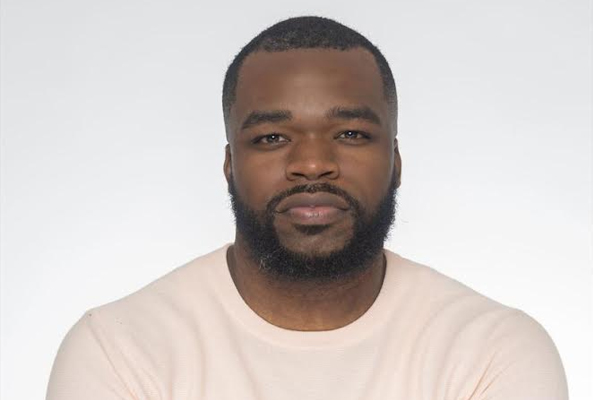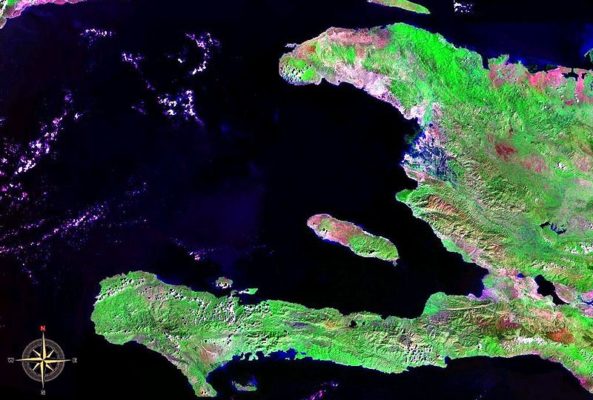
La Gonave: Gold in the Trash
La Gonâve, once called the island of Gonaïve, is an island of the Caribbean incorporated in Haiti. It is located in the Gulf of La Gonâve with an area of 689, 62 km2. It is the largest of the three islands of Haiti. As a native of La Gonave, I am shocked and saddened by the lack of knowledge of the island by Haitians and foreigners. The island is divided into two communes including Pointe-à-Raquette the second city and Anse-à-Galet the first.
La Gonave is known for its environments and was called a hotspot of biodiversity by the Haiti National Trust organization. Famous British singer Cliff Richard released a song titled La Gonave due to his love for the island. In 1926, the people of La Gonave named a white man named Faustin E. Wirkus king. He was from the United States and was later kicked out of Haiti. A book was released about his life titled The White King of La Gonave. The island has a professional football (soccer) team called Roulado FC in the top professional football league (Ligue Haitienne) in Haiti. There are many of the videos on the internet about La Gonave are about people’s visits to the island, the beaches, travel excursions, and projects conducted by aid and religious organizations. There are also videos about the problems on the island including a documentary released in 2013 called. Mud and Guts: The Search for Water on La Gonave.
I was born in Anse à Galets, because at the time and until now there was no hospital in Pointe-à-Raquette where my parents lived, there was only one clinic. Suddenly I find myself attached to the two towns. I lived in La Gonave for 7 years, during my childhood, I did not want to detach myself from it. There was life on the island, friendliness, calm is what I remember most. The song of birds reminded you that you were on earth, that nature still existed, you could hear children playing from far away because everything was peaceful. From a security point of view, I do not even mention it. It’s as if everyone knew each other. But I had to leave home, to go to Port au Prince, because the schools became less and less efficient. There was not a year that passed without me coming home. It was the best time of the year. Going back to embrace all the memories I left there and add some. Go fishing for conch for all that one can take others with my cousins, run on the sand, take a trip to the mountains, and eat all the fruits we found on our way. Every Tuesday we went to the market with Grandma, people were always happy to see us. Not to mention the famous FÊTE SAINT LOUIS, the patronal feast of Pointe-à-Raquette, everyone was waiting for that. At that moment the calm had vanished, it was the party in Pointe-à-Raquette, people came from everywhere, especially from abroad, the city suffocated with diaspora, it was the perfect time for the children of collect money. I could not wait for the summer to go there, every year, the same appointment.
Over time I was less and less enthusiastic to go there, not because my love for the island was diminishing, but because every time I went there, I could not have fun anymore as I did child, carefree, unconscious, innocent, now I look around me and I see sad faces. I do not see my friends who used to have fun with me every year.
I see young people of my age even younger than me, already mothers or fathers. I see young people who have not even completed primary school, I see unpaved and rocky roads. I see people that run kilometers in order to find water for domestic use. I see the lands, but there is no source to irrigate them. Sometimes, it does not rain for months. I see an undeveloped agriculture and fishing. I see a devastated landscape because of charcoal. We have some schools (primary and secondary) but there is no library. I can’t even talk about professional schools. Maybe, one school that trains nurses at the Wesleyan Hospital in Anse-à-Galets, but I noticed that same institution 21 years ago. I see sadness, I see resignation, I see despair, I see hunger, I see fishing as the main option in 2019 for a population of about 100,000 inhabitants. I see betrayal on the part of politicians, I see an island that I knew fresh fading, I see an island that I knew living deserted, I see gold being thrown in the garbage, I see the negligence of the Haitian Government, I see the negligence of the sons and daughters of La Gonave.
Detached from Haiti, La Gonâve could be one of the main tourist destinations of the country and much more. There are always stories about the possibilities of investment on the island. Currently properties like Moulin Sur Mer, Royal Decameron Indigo Beach Resort & Spa, and Wahoo Bay Beach Club offer trips to visit the island. The website, HaitianInternet, published a story in 2016 where they stated an organization called Global Renewable Energy, Ltd. (GRE) wanted to redevelop the island with a proposed $48 billion plan over 20 years. GRE even released a video and presentation of their plans for redeveloping the island. It was reported by some news outlets in 2016 the government considered selling the island to developers, but nothing happened. A lot of people outside of Haiti see the potential for the island. Roots of Development, an organization based in the United States, has advocated and worked to develop the island for years. On their website, they list a variety of projects completed and want to complete on the island. Aside from them, there are other organizations like La Gonave Partners also based in the United States that have done things to help the people of La Gonave. Unfortunately, several governments in Haiti have ignored the island and its problems does not get the attention it deserves. As problems continue to mount in Haiti, La Gonave continues to be ignored. According to some news stories, there have been calls from some on the island to break away from Haiti.
I still believe in the potential of La Gonave, and if the Government does not have the height to see what represents the Gonave, we the children of this island who lived there, who share the love for this piece of land, should join forces, and act to raise La Gonave in the place that is due to it.
Me, I commit myself, and you?

 English
English Français
Français Donate
Donate Partner
Partner Shop
Shop Login
Login